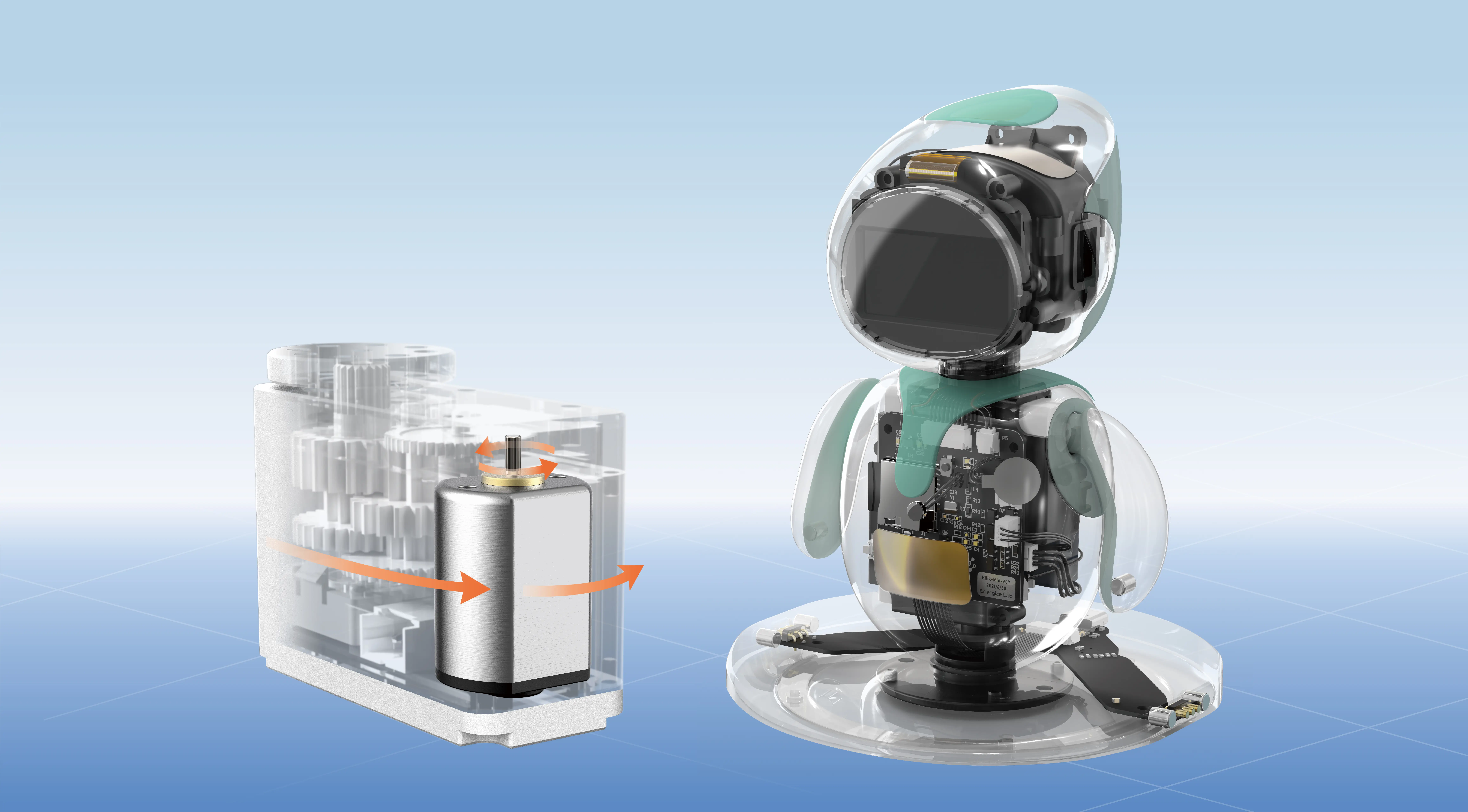Unlocking the Mysteries of Gear Motor HS Code: Your Guide to Smooth Customs Clearance and Global Trade

In the complex world of international trade, few elements carry as much weight as the correct classification of products. Among these, the HS code—also known as the Harmonized System code—serves as a universal language for customs authorities across the globe. For businesses engaged in shipping gear motors, understanding and accurately applying the HS code can spell the difference between swift clearance and costly delays.
What is an HS Code and Why Does It Matter?
The HS code is an internationally standardized system of names and numbers used to classify traded products. Developed and maintained by the World Customs Organization (WCO), this coding system helps customs officials identify goods swiftly, determine tariffs, and enforce import/export regulations. Each HS code corresponds to a specific product or a group of similar products, simplifying communication between traders and customs authorities worldwide.
For gear motors—a common component in industrial machinery, automation equipment, robotics, and more—the correct HS code ensures that shipments adhere to the legal and tariff frameworks of importing and exporting countries. Misclassification can lead to delays, additional taxes, or even legal penalties, making accurate identification not merely a bureaucratic requirement but a vital part of supply chain efficiency.
What Are Gear Motors?
Before diving deeper, it's worth clarifying what gear motors are. A gear motor is a device that combines an electric motor with a gear reducer—that is, a set of gears that adjusts the speed-torque characteristics of the motor. These units are critical in applications requiring controlled motion, such as conveyor systems, robotics, packaging machines, and industrial automation.
Because of their widespread use across sectors, gear motors come in various sizes, power ratings, and configurations. From tiny planetary gear motors in medical devices to large gearboxes powering heavy machinery, the diversity underscores the importance of precise HS classification.
The Role of the HS Code in International Trade
HS codes serve multiple functions:
Tariff Duty Calculation: Customs authorities use HS codes to determine the applicable tariffs or duties on imported goods. Trade Statistics: Governments track trade flows based on HS classifications, influencing economic policies. Trade Compliance: Accurate HS coding ensures shipments comply with legal regulations, avoiding penalties. Facilitating Customs Clearance: Correct codes enable faster processing through customs, reducing storage costs and lead times.
An error in classification, especially for complex products like gear motors, can result in overpayment of duties or legal complications, making it essential for exporters and importers to understand how their products are classified.
Deciphering the HS Code for Gear Motors
In the Harmonized System, gear motors are primarily categorized under Chapter 84, which covers "Nuclear reactors, boilers, machinery and mechanical appliances; parts thereof." Within this chapter, several headings relate to electric motors, machinery, and parts.
Specifically, gear motors often fall under HS Code 8501, which covers "Electric motors and generators (excluding generating sets)." Within this heading, further subheadings specify the type, voltage, and use cases. For instance:
8501.31: DC motors, of an output not exceeding 750 W 8501.32: Other DC motors 8501.34: AC motors, of an output not exceeding 750 W 8501.35: Other AC motors (including gear motors) 8501.36: Gear motors
The most accurate classification for a typical gear motor, especially those integrated with gearboxes, often falls under HS Code 8501.36. However, specific features, ratings, and applications may warrant further detailed classification.
Why Is Accurate Classification Critical?
Misclassification can lead to:
Delays at Customs: Incorrect codes might trigger inspections or queries. Financial Penalties: Over or underpaying tariffs affects profit margins. Legal Issues: Non-compliance can result in fines or seizure of goods. Logistical Disruptions: Reclassification may entail product re-labeling, documentation amendments, and communication delays.
Hence, understanding the nuances of HS classification for gear motors is not just legalese — it’s a core aspect of efficient global trade.
How to Determine the Correct HS Code for Your Gear Motor
Identifying the right code involves:
Consulting Official Tariff Schedules: Countries publish detailed tariff codes on customs websites.
Reviewing Product Specifications: Voltage, power rating, design features, and intended use influence classification.
Using Customs Rulings and Customs Brokers: When in doubt, customs experts or legal opinions can clarify classification.
Accessing Trade Platforms: Some online tariff tools and databases can help cross-reference product descriptions with HS codes.
One practical tip: always match the product’s primary function and characteristics with the HS description. Be detailed in your documentation, including datasheets, technical specifications, and photographs if needed.
Stay tuned for Part 2, where we’ll explore real-world examples of gear motor HS code classification, tips for avoiding common pitfalls, and insights into how global trade agreements influence classification standards.
Established in 2005, Kpower has been dedicated to a professional compact motion unit manufacturer, headquartered in Dongguan, Guangdong Province, China.




































